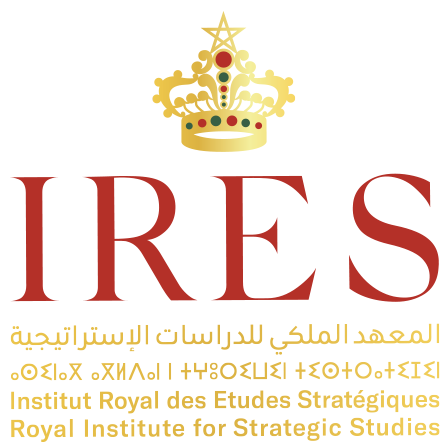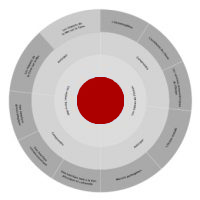Rare earths* are a group of 17 chemical elements, used in high-tech devices, in renewable and clean energy industries (batteries, wind turbines) as well as in cutting-edge civil (consumer electronics, computers) and military technologies (lasers, radars, missile guidance systems, etc.).
The rare earths crisis is mainly the consequence of a virtual Chinese monopoly on the extraction of these materials. As early as 1927, China identified the economic potential of rare earths, before it began mining them in the 1960s. Classifying the industry as “critical” in 1990 , China encouraged investment and restricted exports, while maintaining lax environmental standards and cheap labor .
In 2023, China held 44% of the world’s rare earth reserves, followed by Vietnam (22%), Brazil (22%) and Russia (21%). At that time, China produced over 70% of the world’s rare earths, against 14% for the USA, 6% for Australia and 4% for Burma .
Growing demand and limited supply of rare earths led to a crisis, the first signs of which became apparent in 2010 , leading importing countries to seek alternatives to secure supply chains and limit dependence on China , with little success. Still today, the European Union is almost totally dependent on China for rare earth supplies.
According to the International Energy Agency, global demand for renewable energies is set to increase by a factor of 7 between 2020 and 2040 , driving up demand for rare earths.
According to Morocco’s Office National des Hydrocarbures et des Mines (ONHYM), the Kingdom’s southern regions hold substantial rare earth resources. A roadmap for managing critical metal operations, to meet future challenges facing the sector , would help enable the sustainable extraction of these resources.
In this respect, Morocco should continue prospecting for rare earths throughout its territory, preserve strategic and critical ores and forge cooperative ventures to secure rare earths supplies for the clean energy industry, the energy transition, and beyond.

